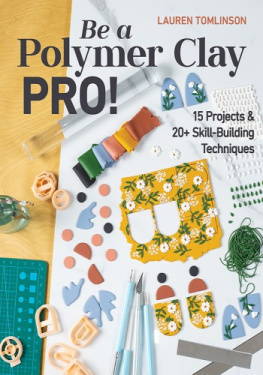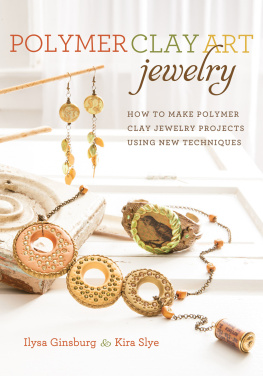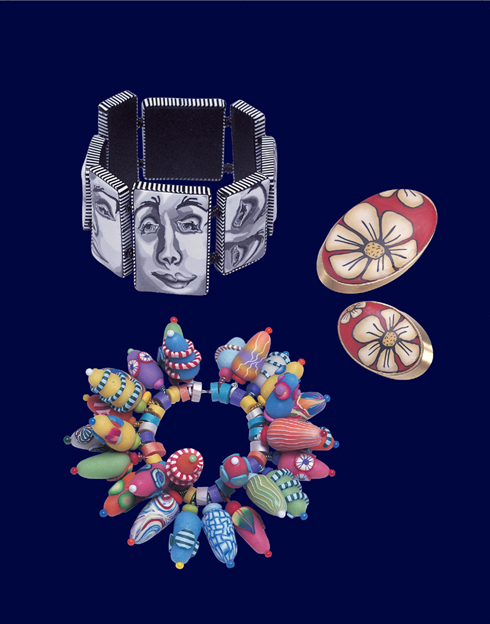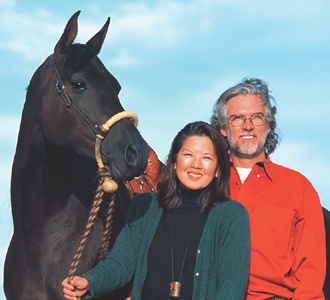First published in 2008 by Watson-Guptill Publications, an imprint of the Crown Publishing Group, a division of Random House, Inc., New York
www.crownpublishing.com
www.watsonguptill.com
WATSON-GUPTILL is a registered trademark and the WG and Horse designs are trademarks of Random House, Inc.
All rights reserved.
For being the only one in the house who goes to the grocery store for understanding that I dont cook, and then cooking for taking care of Doc and Zoe, Ditto and the horses and home for doing laundry and only shrinking a few things for making me laugh for many trips to and from the airport for never, never saying You cant for making the impossible possible.
For making me believe in possibilities, shooting books, unflagging support and encouragement, I thank and dedicate this book to my husband, Vernon Ezell, the best life partner anyone could ever have.
Acknowledgments
Thank you Robert Augur, Tony Aquino, Ruben Castaneda, Amaryllis Rodriguez of Van Aken International, and Suzanne Hammond, without whom there would be no Kato Polyclay.
To the wonderful and talented Daniel Torres Mancera and Natalia Garcia de Leaniz, who have shared their home and their hearts. To Carlos Lima, Cristina Almeida and Paulo, and Eugenio Guedes and family, who so kindly extended their friendship in Portugal. To Akira Ikeda, Bruce and Yoshiko Osborne, Miyake-san and the Nisshin Company, seeing Japan was a dream come true, all thanks to you. To Helen Cox and Stephen Smith, dear British friends for so long. To Eti and Moti Raz for opening their home and making their home mine in Israel. To Louise Cozzi and G. for the invitation to teach and stay with them at their lovely home in Stresa.
Thank you to friends Karen Brown, Lani, Alan and Mari Chun, Auntie Xian, Sarah and Guy Chinen, Darlene Clark, Irit Cohen, Peg Monteith, Margaret Harper, Kim Korringa, Irit Levy, Kathy Weaver, Kasey Larson and Jackie of More Than Memories, Leslie at the Bead Garden. To Florida friends Nancy, Sandie, Diana, Mary, Rhonda, Richard, and Gail. To the fabulous foursome Brurya, Iris, Pinky, and Tania. To Naama Zamir, Paula, and Be. To Ana, Marivi, Ines, and Nati. To Hiroko-chan, Masako-san, Kyoko-chan, and George.
Thanks to Sheila and Bob Miller, Mary and Leo Fassler, Jeanne and Dave Sturdevant, Barb and Gary VerniLau, Emi Fukushima, Debbie and Peter Anderson, Irene Niehorster and Lee Scott, Donna Lopez and Earl Grey, Connie Sheerin and Ken Williams, Rai Nelson, Carol Hess, Diane Luftig, Jill and Tom Kershner, and others who have taken such good care of me as Ive traveled and taught.
To my good friends and compadres in clay and Carnivals Judy Belcher, Leslie Blackford, Kim Cavender, Cathy Johnston, Sue Kelsey, Gail Ritchie, Maria Del Pinto, and Jacqueline Lee, thank you for being the go- to girls who wouldnt know how to let anyone down and always give 100 percent.
Special thanks to the artists/friends who allowed their work to be included in this book.
To Miss Carol Duvall, Kelly Ehrlich, Karen Thomas, and Mary ONeil. The show may be over, but were not!
Thank you to Joy Aquilino, Laaren Brown, Areta Buk, and everyone at Watson-Guptill, the best book publishers in the world (just my opinion!)and undoubtedly the most patient.
To my family, Mom, Alan and Gwen, Tina and Harry, Mark and Kathy, and my nephews Mitchell, Eric, Aaron, Jacob, Sam, and Joshie, and only niece, Hannah.
To my best and oldest friends, Terri Silverstone (and David Lissner) and Mary Prchal.
For my good friends Ive lost this yearEileen Loring and Jacque Ducharme.
And finally, thank you to all my students here and abroad who have taught me so much more than I could ever teach you.
INTRODUCTION
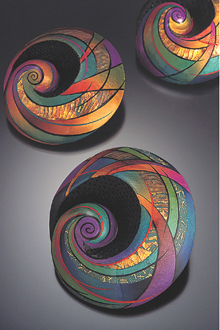
KATHLEEN DUSTIN
Rich color effects are hallmarks of Kathleens work.
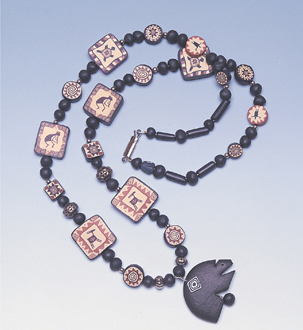
Z. KRIPKE
Zs petroglyph necklace was made many years agothe design and her skill as a caner make it as relevant and wearable today.
I N 1994, I saw millefiori art for the first time, in Nan Roches book The New Clay. Before that time, I had played with polymer clay many times, making loads of fun things. But when I saw the work of such polymer-clay artists as Kathleen Dustin, Kathleen Amt, Pier Voulkos, Sarah Shriver, and City Zen Cane, a new phase in my work began. Pieces by these artists altered the very way I viewed polymer clay and its potential as an art material. Pictures in clay, can you imagine that?
Looking back, I can see how far we have come with polymer clay. New techniques such as the Skinner Blend, Mike Buesselers clay chopping, and other innovations have improved our ability to make amazing millefiori canes and to make our pictures in clay. Todays canes have more shading and more style, and they are much more sophisticated than we ever dreamed of just ten years ago.
Now I am happy to share what I have learned about polymer clay and millefiori techniques over the years in this new book, The Art of Polymer Clay Millefiori Techniques. It contains some of my favorite piecessome made by me, some made by my talented fellow artistsall presented in simple step-by-steps with clear photographs. Start at the beginning and youll soon see that anyone can make great millefiori canes!
Beginning with a new medium always presents question upon question. It takes time and work to integrate and use all the bits of newly acquired information. When I began work on this book, I wanted to fill in those blanks and also provide my readers with the means to solve problems on their own. I hope that this book will offer a personal polymer clay class for you and for every reader, and that when you have taken each step along the way, youll share my love of this incredible medium.


